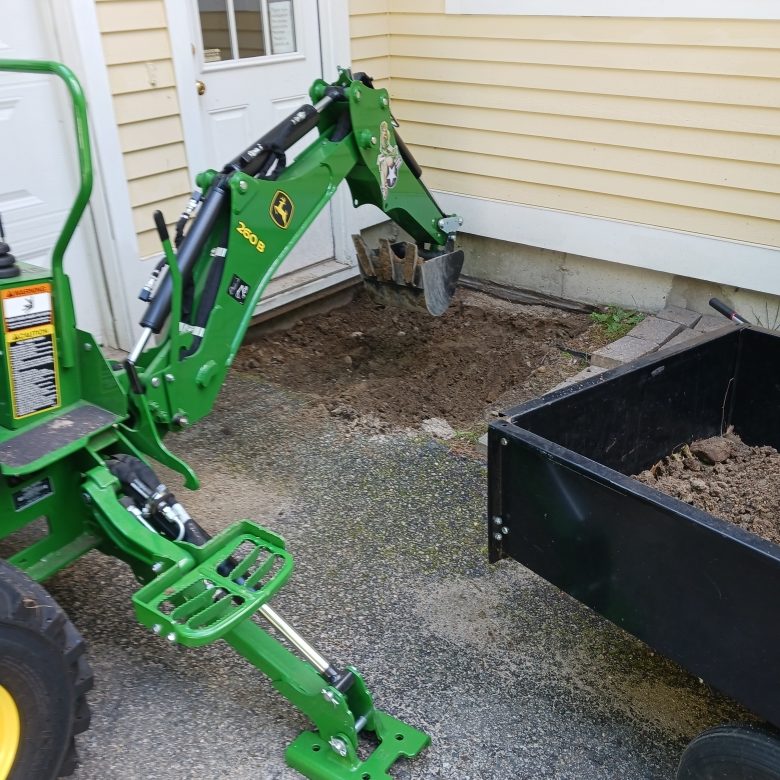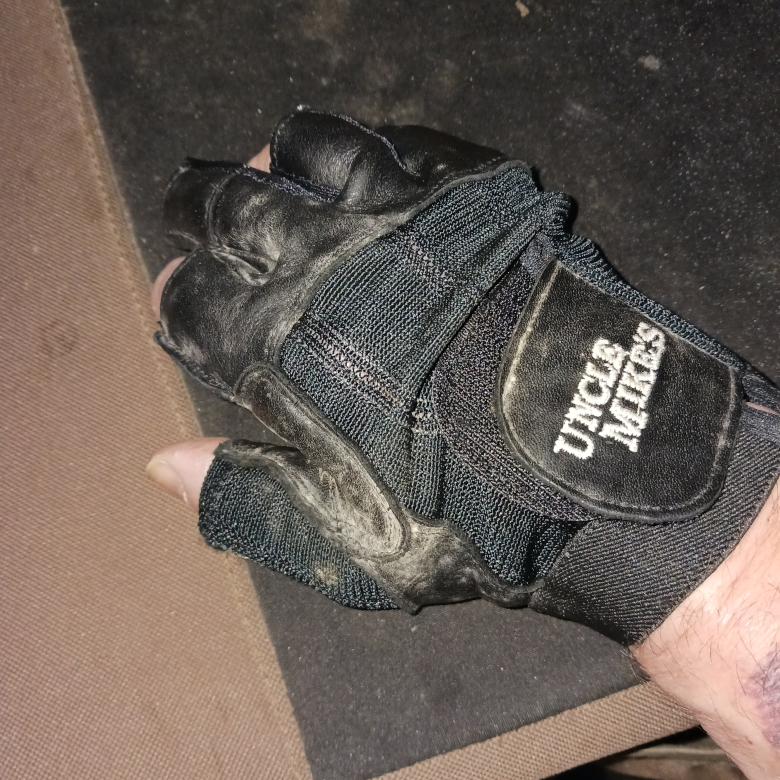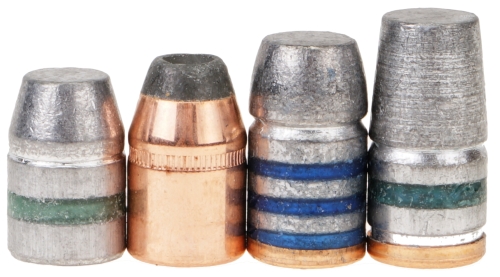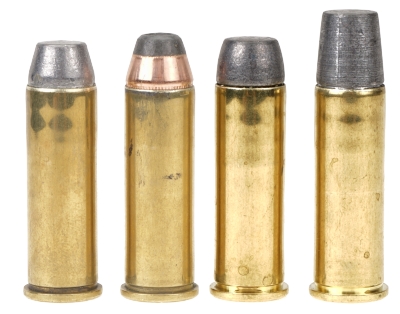
08/20/2023 – I took this picture with my phone, a Samsung Galaxy something or other. It’s big, about the size of a brick, with a screen to match, and it takes truly crappy photos.
Anyway, my latest home project is digging a hole… excavating as it were. While hole digging in itself is fun and rewarding, as the task involves operating machinery, it will eventually serve as a foundation for a paver pad at the foot of the door.
Sub compact tractors can do all sorts of things, without bringing the burden of guilt that often is packaged with the purchase of larger tractors. And, I got the John Deere deal that has been offered since the great depression; 60 years to pay it off with 0% interest and 50¢ per month payments.
An effort that began with a pick and shovel, quickly became a job for Skippy, when I realized I could use the backhoe to dig the central area deep, then collapse the sidewalls into the abyss, hopefully, without taking with it the edge of the driveway. I also found a small dump trailer, pulled behind a 20 year old garden tractor, was way better than pushing a wheelbarrow full of clay and boulders.
I have to finish the job this weekend. There is exterior trim to touch up, a generator to bed, two insulated glass windows to replace…. I have been trying to remember why I think home ownership is a good thing. Oh yeah, so I can justify playing with a tractor.
Not selling bullets or recommending source…
Please don’t send email about supply issues regarding components or ammunition referenced in articles. I get supplies just like you, through retail outlets. I buy material when I see it is available, and I don’t toss inventory when a manufacturer decides to change the artwork on a product container, or renames a product to stimulate sales.
I just like writing about firearms, and doing what humans have done for as long as I can remember, share ideas and experiences. When I include product detail, it is only to show the underpinnings of my experimentation and the basis for my conclusions.
Yeah! The rain has stopped and it is all sunshine and unicorns out there…
Finally, with some clear, still, weather and temperatures in the low 70s, I pressed on and collected the following data on handloads.
Warning: Bullet selections are specific, and loads are not valid with substitutions of different bullets of the same weight. Variations in bullet length will alter net case capacity, pressure and velocity. Primer selection is specific and primer types are not interchangeable. These are maximum loads in my firearms and may be excessive in others. All loads should be reduced by 5% as a starting point for development where cartridges have greater than 40 grains in capacity and 10% for cartridges with less than 40 grain capacity following safe handloading practices as represented in established mainstream reloading manuals. Presentation of these loads does not constitute a solicitation for their use, nor a recommendation.
| Cartridge |
41 Remington Magnum |
| Firearm | Ruger Blackhawk |
| Barrel Length | 6.5″ |
| Max Case Length | 1.290″ +0.0″/-0.020″ |
| Min- Max COL |
1.540″ Min – 1.590″ Max* |
| Primer | Large Pistol Magnum |
| Bullet Diameter | 0.410″ +0.0″/-0.006″ (0.411″+0.0″/-0.006″ Lead) |
| Reloading Dies | RCBS |
| *Max cartridge overall length extended to 1.725″ for 265 Grain | |
| Bullet Type | Bullet Weight Grains |
Net H2O Grains Capacity |
COL” | Powder Type | Powder Charge Grains |
MV fps |
ME ft/lbs |
| Hunters Supply Cast | 200 | 23.0 | 1.550 | AA #9 | 18.1 | 1480 | 973 |
| Hunters Supply Cast | 200 | 23.0 | 1.550 | Alliant Blue Dot | 16.0 | 1596 | 1131 |
| Hunters Supply Cast | 200 | 23.0 | 1.550 | Hodgdon H110 | 23.0 | 1598 | 1134 |
| Nosler JHP | 210 | 22.5 | 1.590 | Hodgdon H110 | 22.5 | 1518 | 1075 |
| Nosler JHP | 210 | 22.5 | 1.590 | Hodgdon Lil’ Gun | 22.5 | 1523 | 1082 |
| Nosler JHP | 210 | 22.5 | 1.590 | Winchester 296 | 22.5 | 1541 | 1108 |
| Cast Performance | 250 | 19.6 | 1.580 | Hodgdon H110 | 19.5 | 1417 | 1115 |
| Cast Performance | 250 | 19.6 | 1.580 | Hodgdon Lil’ Gun | 20.5 | 1403 | 1093 |
| Cast Performance | 250 | 19.6 | 1.560 | Winchester 296 | 19.8 | 1454 | 1174 |
| TrueShot Cast | 265 | 21.7 | 1.725 | Hodgdon H110 | 21.0 | 1435 | 1212 |
| TrueShot Cast | 265 | 21.7 | 1.725 | Hodgdon Lil’ Gun | 20.5 | 1457 | 1249 |
| TrueShot Cast | 265 | 21.7 | 1.725 | Winchester 296 | 20.5 | 1418 | 1183 |
I did not post accuracy data because the Blackhawk was shot with open sight and my eyeballs. Subsequently, targets were standard 2.5″x3.5″ playing cards placed at 25 yards. Shooting from a rest, and taking my time, the Ruger put 5 shots comfortably on the targets with any of the loads presented. There are scopes and red dot sights that can be easily mounted on the Blackhawk, but my tendency is to go with the factory sights to keep its use as intended, simple.
It’s times like this I remember writers like Elmer Keith and his remarkable hunting and shooting skills, as well has his many contributions to the firearms industry and hunting. There are no writers of that type in the industry anymore. They have been replaced by gas bags and peacocks, that mostly write ad copy and press releases before moving on to some other industry.
Me? No way. I’m not a writer, and I certainly do not live the firearm informative lifestyle of constant hunters, CAD workstation wielding industry engineers, or experienced law enforcement. Nope, I am just a guy who spends time with firearms, lives in the boonies, and writes about related experiences.

The 41 Remington Magnum with performance handloads, to me, shares a personality with the 44 Mag when shot from a 40+ oz Blackhawk. I frequently shoot a GP100 357 Magnum, and I can say, that is a considerably softer shooting revolver. No, the 41 mag, and 44 mag, are not difficult to shoot with control, but they will get your attention with each trigger pull.
Where I did encounter a little discomfort while shooting the Blackhawk, was with the sharp checkering on the polymer grips. How much discomfort? Enough so that I broke out my ancient, moldy shooting glove after the first twenty rounds.
Removing that irritation clearly improved my shooting and I went on the rest of the day without further whining. The last time I wore that glove was when I was tasked to shoot many rounds from a 454 Casull chambered Super Blackhawk. It is all in the grip surfaces, not the recoil. Ruger sells smooth hardwood replacement grips and both Hogue and Pachmayr offer soft grip versions.
Funny, I have been shooting Blackhawks for many years and never noticed this issue. However, I started wearing work gloves so my callouses went away. Before that, my hands would quickly wear sharply checkered grips smooth. Problem solved.
I would not recommend #9 or Blue Dot. They performed OK, but they produced clouds of smoke, spit powder and, weirdly, smelled like paraffin. H110 did well across the board, but there are more economical, faster powders for the 200 grain cast bullet loads. The lot of Lil’ Gun I am working with is pressure soft and require heavier charges, which is one of the reasons handload recipes don’t hold up forever and require testing.
All handloads presented ejected casings without a problem, primers remained in place and with a normal indentation. Velocity produced was consistent with manufacturers and SAAMI standard velocity by bullet weight. There is no magical way to achieve higher than standard velocity, but maximum standard velocity can be obtained with optimal powder selection. In this case, that would be H110, Lil’ Gun and Win 296 powders that do not increase peak pressure, but persist with a higher average pressure. Other than by optimal powder selection, any other significant velocity increases are the result of excessive pressure.
Anomalies… I love that word
As pictured below, the 265 grain loads tended to fill up a chamber. The pictured bullet nose is actually 0.012″ in from the face of the cylinder and the roll crimp held those bullets fast. If I were going to use the Blackhawk as a primary hunting firearm with the 265 grain cast bullet, I would probably trim the case back an additional 0.010″ for greater clearance in the revolver and adjust powder charges as required.
How in the world could a heavier bullet take a larger powder charge than a lighter bullet? The 265 grain bullet is assembled with a longer cartridge overall length than the 250 grain bullet. Subsequently, the 265 grain net case capacity, as noted on the table, is greater than that of the 250 grain bullet.
The increase in capacity, with a constant powder charge, causes a relative reduction in pressure, which creates a demand for more powder to sustain original pressure. No, not my theory, just what I have seen with transducer and strain pressure checking gear and the pressure/volume relationships established Boyle’s Law (1662, Charles’ Law (1787) and Avogadro’s Law (1811).
The 200 grain bullet loads on the table are detuned a bit and used for target practice and personal protection. The bullets are not gas checked and traditionally lubed, but they are coated with Clear Slick Coat Bullet Lube and, according to Hunters Supply, good for 2,000 fps MV without leading or shedding. They are listed with a Brinell hardness of 21, stated as due to the use of this lube.
I was not certain regarding their advertised hardness, as core hardness, not surface hardness, determines bullet expansion on impact and surface hardness determines resistance to leading. So I ran the bullet through the hardness tester, after filing a flat below lube groove depth, and that yielded a Brinell hardness reading of 20.9. Pure lead has a Brinell hardness of 4, with hard cast starting at a Brinell of 11. Subsequently, the Hunter Supply bullet is a non expanding, hard cast bullet, with or without the clear anti friction coating.
Velocity alone does not kill, but big holes do…
The purpose of a magnum cartridge is to drive bullets of the same weight and caliber, to a higher velocity than the standard version of the cartridge; 44 Magnum Vs 44 Special, 357 Magnum Vs 38 Special, 300 Winchester Magnum Vs 30-06 Springfield. Yes, there is a 41 Special, however, it came 20 years after the 41 Remington Magnum.
Hamilton Bowen felt 41 Magnum users might want a lesser recoil/muzzle blast round to shoot in their revolvers. An interesting concept that can be side stepped with reduced load 41 Remington Magnum ammunition. However, it would make a heck of a shorter cartridge case for use with heavy 0.410″ bullets. Anyway…
That said, heavy bullets for bore are only moderately slower, retain velocity better, shoot as flat, and will penetrate like crazy on game.
And the Rock ‘Em Sock ‘Em award goes to…
| Best Zero Results 210 Grain | |||||||
| Near-Zero – yards. | 18 | Mid Range – yards. | 58 | ||||
| Far-Zero – yards. | 96 | Max Ordinate – “ | +1.5 | ||||
| Point Blank – yards. | 108 | ||||||
| Best Zero : Range 0 – 100 yards | ||||||||||||
| Yards | 0 | 10 | 20 | 30 | 40 | 50 | 60 | 70 | 80 | 90 | 100 | |
| Velocity – fps | 1541 | 1505 | 1470 | 1436 | 1402 | 1370 | 1338 | 1308 | 1280 | 1253 | 1226 | |
| Energy – ft.-lbs. | 1107 | 1056 | 1007 | 961 | 917 | 875 | 835 | 798 | 764 | 731 | 701 | |
| Momentum – lbs-sec | 46 | 45 | 44 | 43 | 42 | 41 | 40 | 39 | 38 | 38 | 37 | |
| Path – “ | -1.50 | -0.60 | 0.16 | 0.75 | 1.17 | 1.41 | 1.47 | 1.34 | 1.00 | 0.45 | -0.32 | |
| Best Zero Results 265 Grain | |||||||
| Near-Zero – yards. | 17 | Mid Range – yards. | 55 | ||||
| Far-Zero – yards. | 92 | Max Ordinate – “ | +1.5 | ||||
| Point Blank – yards. | 103 | ||||||
| Best Zero : Range 0 – 100 yards | ||||||||||||
| Yards | 0 | 10 | 20 | 30 | 40 | 50 | 60 | 70 | 80 | 90 | 100 | |
| Velocity – fps | 1457 | 1423 | 1390 | 1358 | 1327 | 1298 | 1269 | 1243 | 1217 | 1192 | 1169 | |
| Energy – ft.-lbs. | 1249 | 1191 | 1137 | 1085 | 1036 | 990 | 948 | 908 | 871 | 837 | 804 | |
| Momentum – lbs-sec | 55 | 54 | 53 | 51 | 50 | 49 | 48 | 47 | 46 | 45 | 44 | |
| Path – “ | -1.50 | -0.55 | 0.22 | 0.82 | 1.23 | 1.44 | 1.45 | 1.23 | 0.80 | 0.13 | -0.79 | |
As a practical matter, both the light 210 grain and 265 Grain shoot as flat. At 100 yards, the 200 grain has slightly higher velocity, but the greater weight of the 265 yields higher kinetic energy. However, the 265 grain has significantly greater momentum at 100 yards, which results in greater penetration.
The 210 grain bullet, in this example, is a jacketed hollow point, lead core bullet, intended to expand. The 265 is a solid and will not expand in soft tissue. I am sure they each serve their own applications. How’s that for a wishy washy conclusion. Gees Joe, get a spine!
Tempus prohibere loqui
So what about the Ruger Blackhawk… that has been sold with great success for 60+ years. Will it last, Joe? It is a tad ballsy, for anyone writing, to review a wildly popular, well proven product. The best judges, the supreme court of judges, AKA the buyers, have already spoken, and they have done so loudly and over the long term.
The 41 Remington Magnum is another story. Personally, I do not think the 41 Mag with full power loads is measurably easier to shoot than the 44 Rem Mag. I know it takes a good deal more attention to shoot than the 357 Magnum. I am not saying the 41 Rem Mag is a bad cartridge, but I am saying it does not bring anything significantly unique to the big bore party.
As a practical matter, the 44 Mag offers a good deal more versatility with 62 factory loads, compared to 12 for the 41 Rem Mag, and the 44 Mag has greater power potential. So, I guess, if I were buying a Ruger Blackhawk today, I would definitely buy one chambered in 45 Colt. Yeah, I didn’t see that coming, either.





Really enjoy your stile of writing. Was wondering why you thought you might shorten case trim length on the 265 gr. loads if you believed the bullet would absolutely not “jump”? I don’t know if your comment about purchasing the 45 Colt version was serious or tongue in cheek, but I was thinking the same thing. Maybe you could give me your thoughts in a short email or post?
John,
I am glad you enjoy the articles. Some readers tell me my grammar and spelling are visual assaults on language.
Trimming back cases? Just further assurance against even minor forward creep. I left some rounds in the cylinder for multiple cycles of shooting without a problem, but it is something to consider. More assurance benefits than cost.
I carried a 41 Mag for some time as a hunting sidearm, and it was not deficient in any way. That said, as a handloader, I like the 45 Colt because it is so flexible in power output and bullet weight.
Joe
Thanks Joe.
I truly enjoy your articles and your “visual assaults on language” tickle me. I’ve followed the 41 vs 44 Magnum debate for years. I’ve got several Smith and Wesson Model 29/629’s and a number of 357 Magnums from S&W. I’ve thought occasionally about picking up a Model 57 just for completeness (I do enjoy the old N Frame), but thus far have managed to resist the temptation. Anyway, I look forward to your articles and definitely feel I’m getting good value from my subscription.